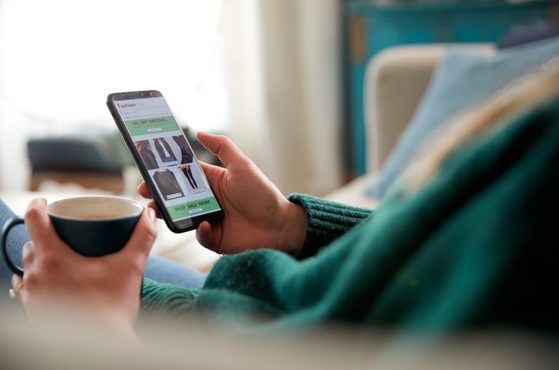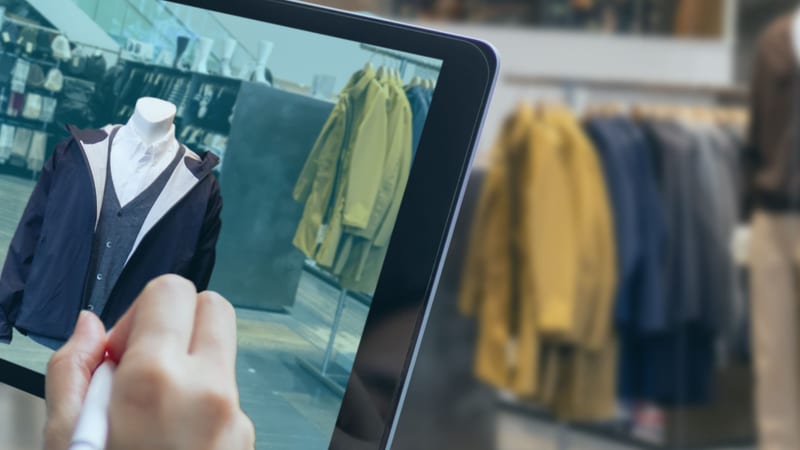Retail’s battle with ‘dupe’ culture — how brands like Lululemon are fighting back

We explore recent examples of how brands are responding to dupe culture and outline practical steps that retail businesses can take to protect their brand.
Read more
We make the difference. Talk to us: 0333 004 4488 | hello@brabners.com

The fashion industry — like many others — is seeing immense benefits through the use of artificial intelligence (AI) and machine learning (ML) tools.
In fashion, creativity and originality are key drivers of competition and brand image — and at the London, Milan and Paris fashion weeks, many designers are looking to garner attention through the use of AI.
While AI opens up a whole new world of possibilities for fashion brands, it also comes with a host of new legal risks. Here, we explore how generative AI is transforming fashion while offering some words of warning.
Following the groundbreaking arrival of ChatGPT, discourse surrounding the use of generative AI has notably increased. The technology uses ML to transform existing sources of data into new or updated media such as text, images, 3D designs and videos.
The technology could have a significant impact on everything from product design right through to improving the customer experience.
Its uses include:
While almost all use of AI currently requires some level of human supervision or collaboration to check for accuracy and efficiency, the fashion industry is already experimenting with the roll out of AI-generated experiences to consumers.
In April 2023, creatives gathered in New York to launch a funded campaign of the first AI Fashion Week, with collections and designs fully curated and delivered via AI tools. More recently, New York Fashion Week saw a fusion of fashion technology, with the Nolcha Shows inviting attendees to experience its lounges through digital wearable technology, augmented reality and AI-produced runway shows.
Given that data can be drawn from various platforms and the legal framework is yet to fully define the proper use of AI tools in fashion, the potential for infringing other creatives’ intellectual property (IP) rights remains high.
The High Court of India recently ruled on an issue regarding design infringement around Louboutin shoes. The case involved the manufacture and sale of imitation red-soled and spiked shoes that are famously protected through trade marks by the Louboutin fashion house.
In its submissions, the French designers attempted to use search results generated by ChatGPT to demonstrate the brand’s established reputation and distinctive style acquired through years of extensive advertising, long and continuous use and consumer recognition. When asked whether Christian Louboutin was known for spiked men’s shoes, ChatGPT provided a positive response.
While the judge ruled in favour of Louboutin in the case and recognised the usefulness of such technology as a starting point for preliminary research, he cautioned against the use of an AI tool as
“the basis of adjudication of legal or factual issues in a court of law”.
Justice Prathiba Singh noted that technology isn’t yet capable of substituting human intelligence, particularly when the “accuracy and and reliability of AI generated data is still in the grey area” and “there are possibilities of incorrect responses, fictional case laws, and imaginative data”.
Indeed, an American legal representative fell afoul of the inventive power of generative AI when he submitted a federal limitation claim citing cases from ChatGPT that didn’t exist. He had prompted the tool to confirm sources of the data, although failed to independently verify the cases outside of the platform before presenting his brief to the court.
Another possible risk in the use of AI is the difficulty with determining ownership and design protection of derivative works. When software such as ChatGPT extracts data from multiple sources — which may or may not have protection from IP rights — it can be problematic to track which original elements are incorporated into new designs or who should own the resultant AI work.
This can cause further issues with use, infringement and ownership when designs can be easily reproduced across various mediums, particularly in the case of creators with large volumes of publicly accessible works or designers with limited legal protection and brand reputation.
Some fast-fashion brands could face legal and reputational ramifications for their advanced AI technologies that identify trending designs and ostensibly reproduce them quickly — at discounted rates and at large scale — that slow fashion or independent designers can’t compete with.
Although many designers benefit from trade mark, registered design and other forms of IP protection, the overall legal framework is yet to provide full guidance as to who owns AI-generated designs, how this is determined and the extent to which the original designers can seek redress for the use of their work without permission.
With the London, Milan and Paris fashion weeks in the spotlight, designers and businesses should be mindful of both the creative benefits of collaborating with AI and the importance of seeking legal advice on the best way to protect their brands.
We have wide-ranging expertise in IP, technology and fashion law. If you need advice, talk to us.

We explore recent examples of how brands are responding to dupe culture and outline practical steps that retail businesses can take to protect their brand.
Read more

We explore safety considerations around Christmas markets and outline practical steps to comply with relevant safety legislation.
Read more

We explore the key issues from the case and consider the practical implications for those operating in the tech, creative and data-driven sectors.
Read more